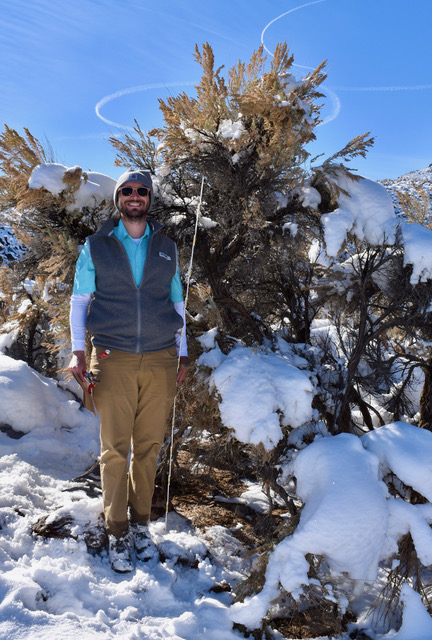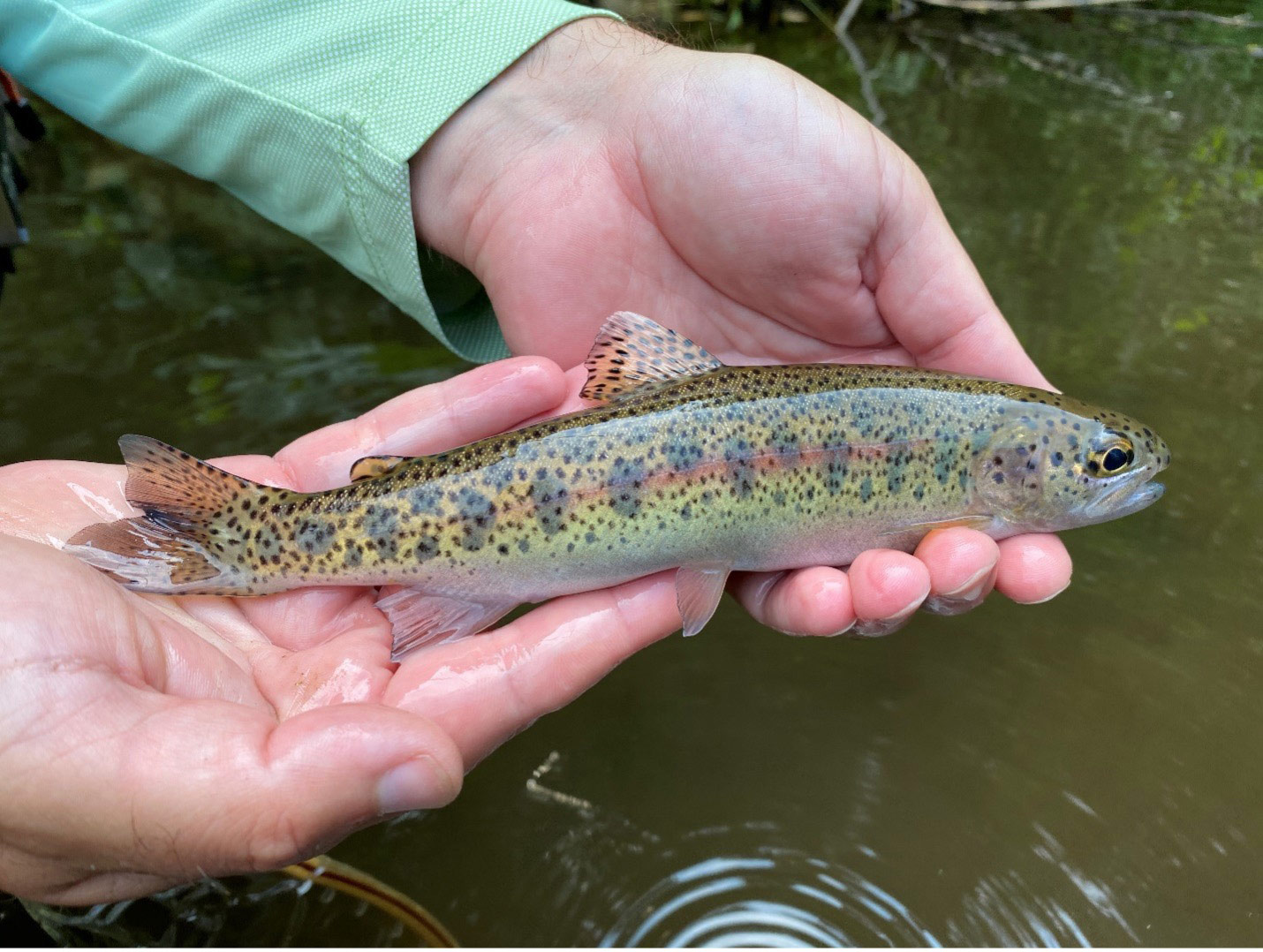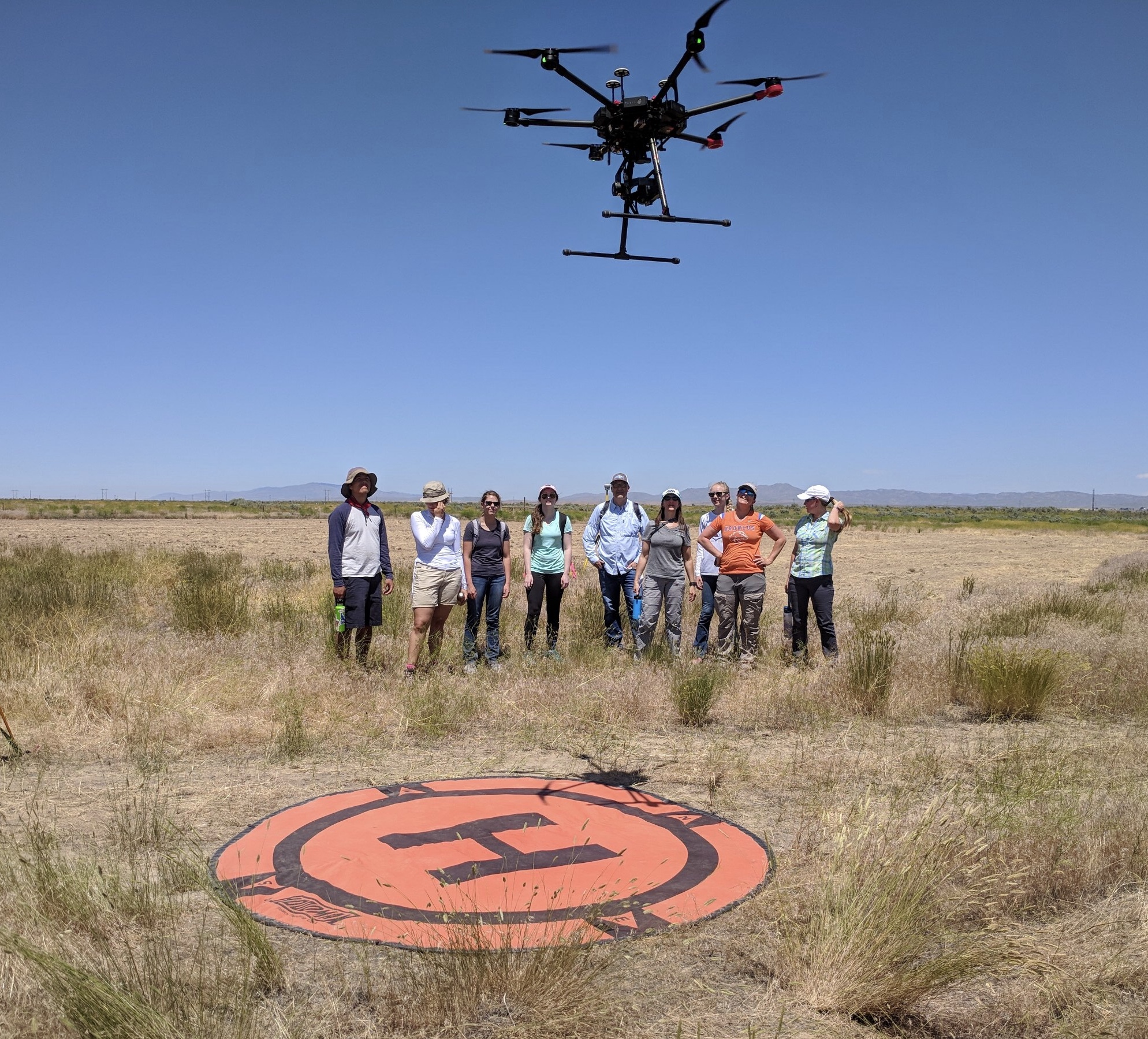GEM3 researchers work to understand invasive plants in Idaho's wildlands
Invasive plants are a problem across Idaho and the American West – species like cheatgrass not only steal water from native plants but become fuel for wildfire. Researchers have used satellite data to detect and map these species for decades, but satellite data are limited, said Megan Cattau, an assistant professor of human-environment systems in the College of Innovation and Design and director of the drone certificate program. Satellite data can be too coarse to capture detailed images of individual plants. It’s difficult to detect invasive species that are interspersed with native species.
Cattau and her Boise State team of graduate and undergraduate students, post-doctoral researchers, and research technicians used drones in a pilot study in an area south of Kuna, Idaho. The drones, which can fly on demand and collect finer imagery, are helping the team map invasive species like Russian thistle and bur buttercup as well as cheatgrass, using information about each species’ distinct growth patterns.
- Click on article to read more and watch the video -








